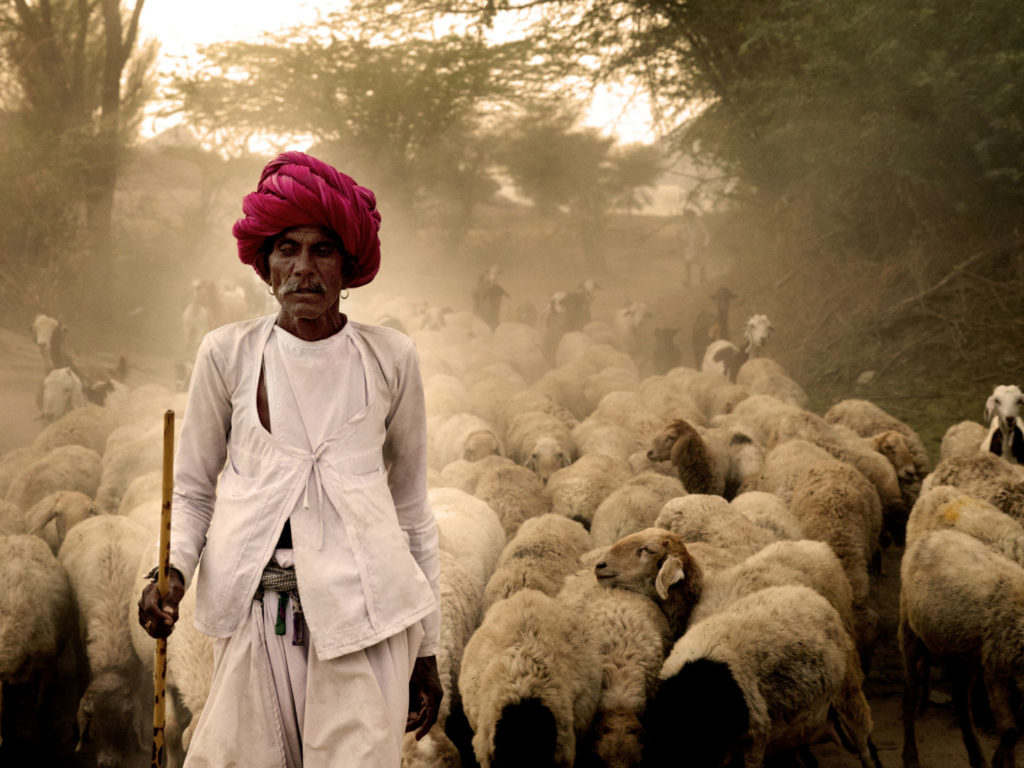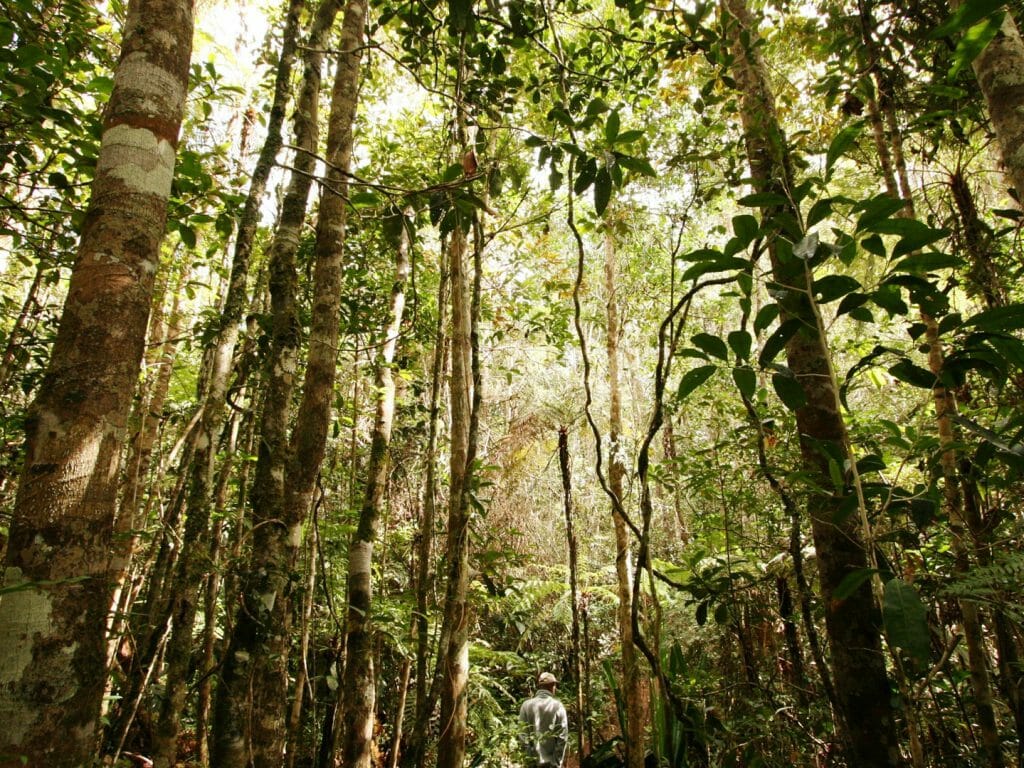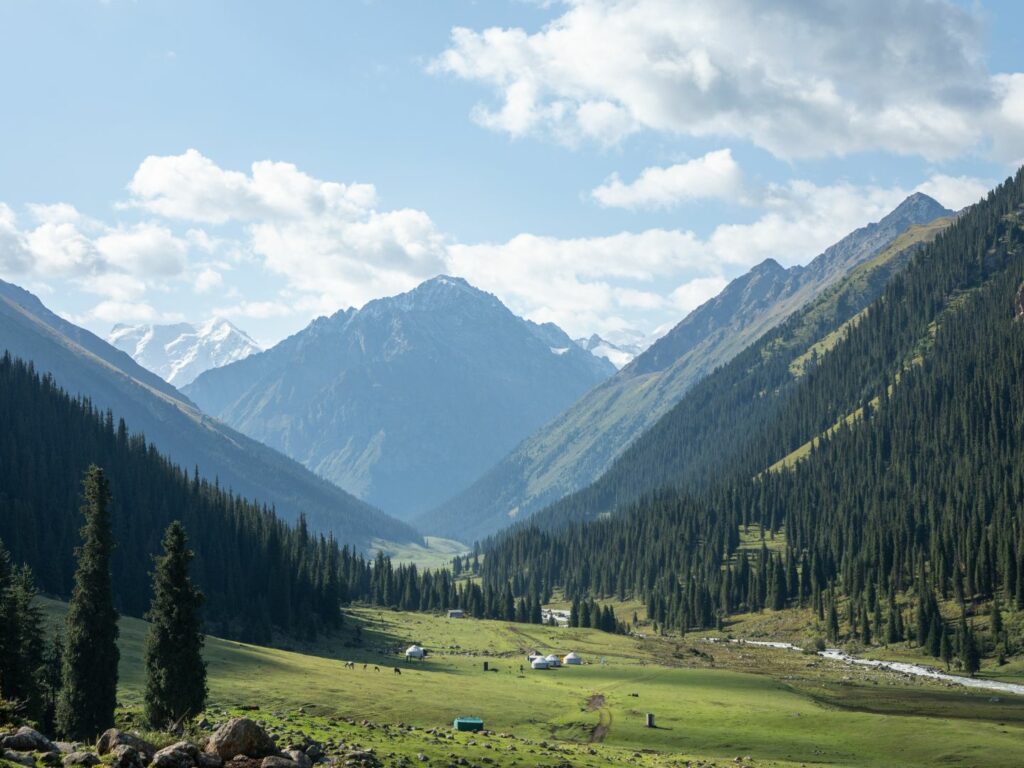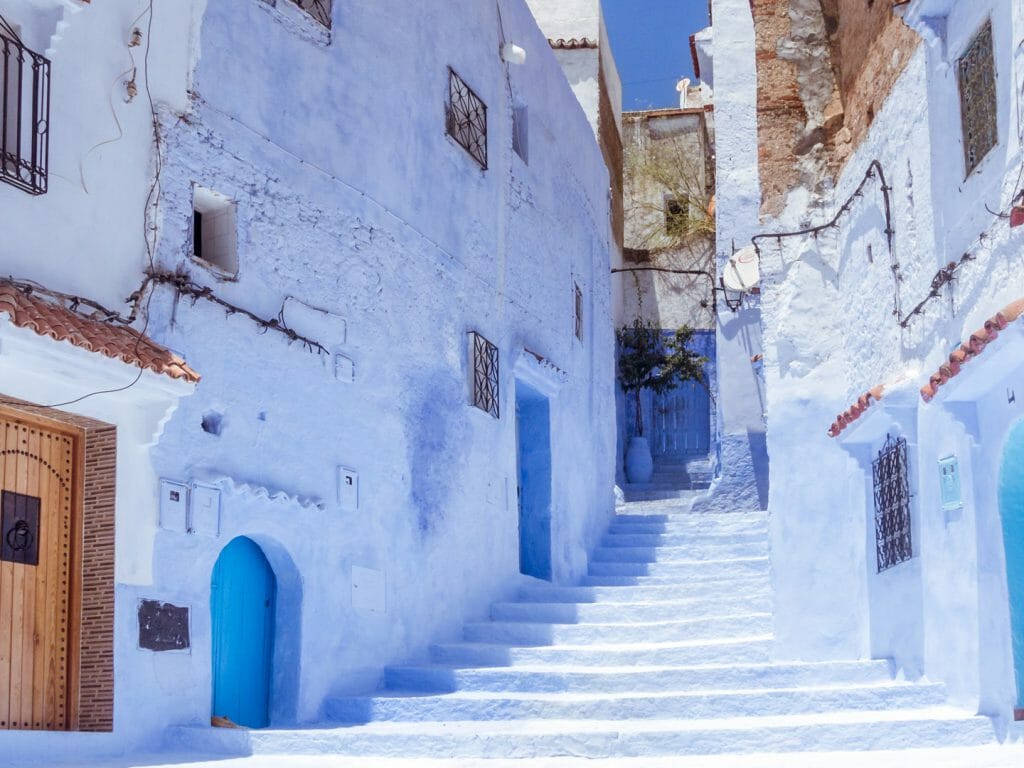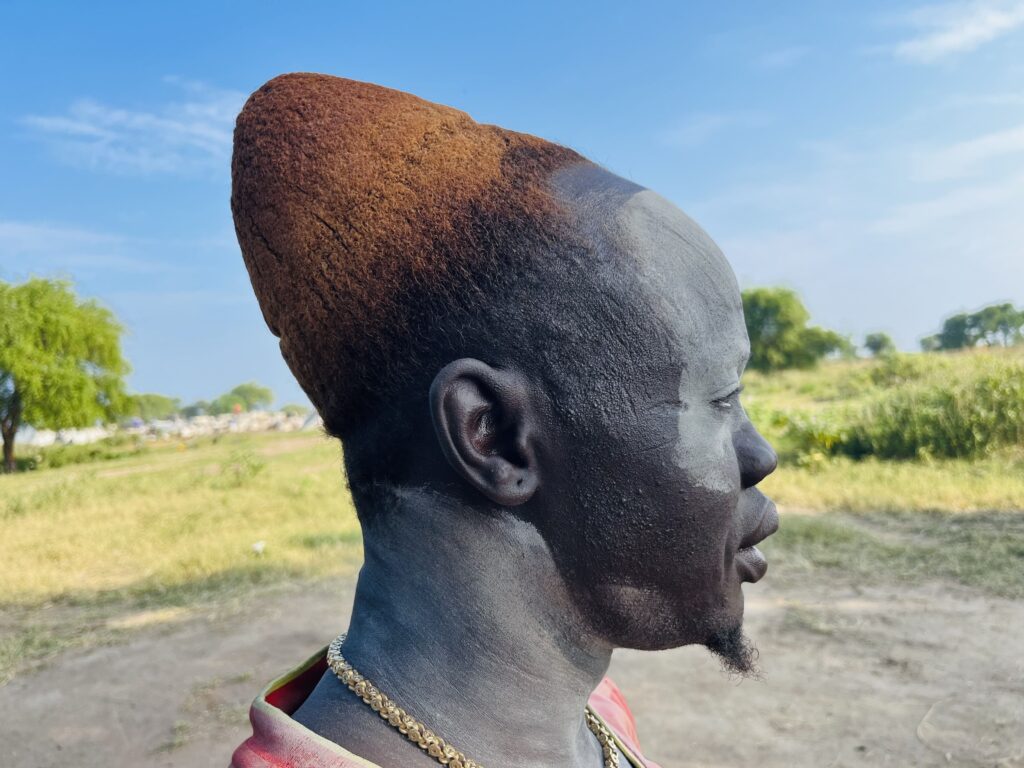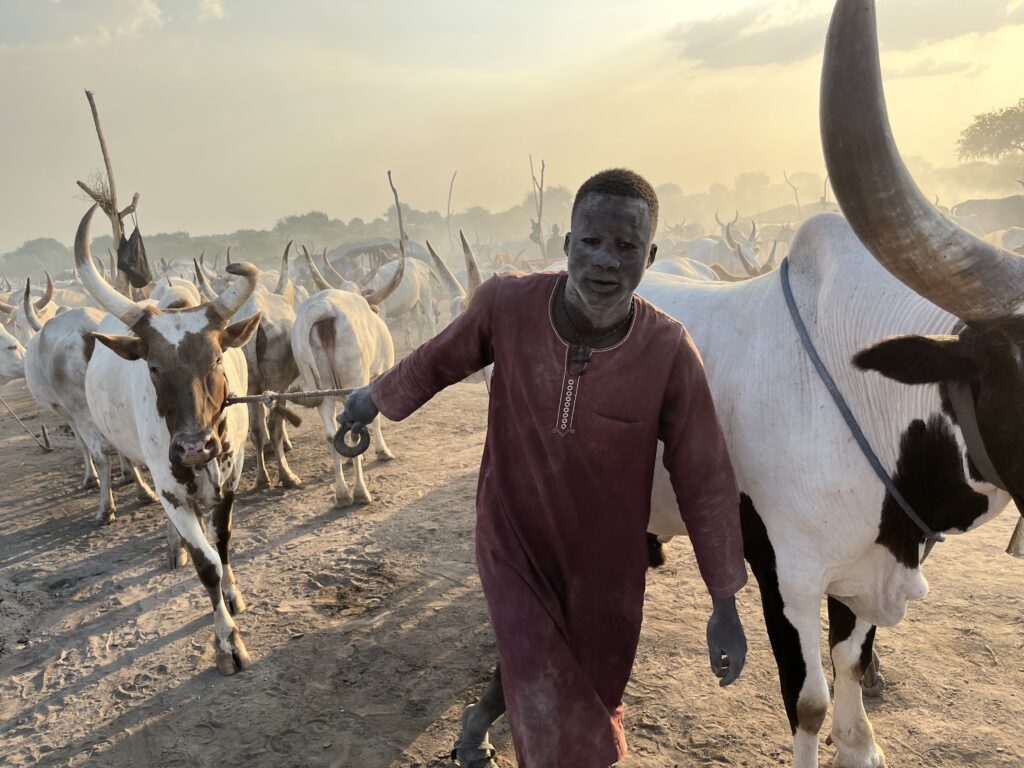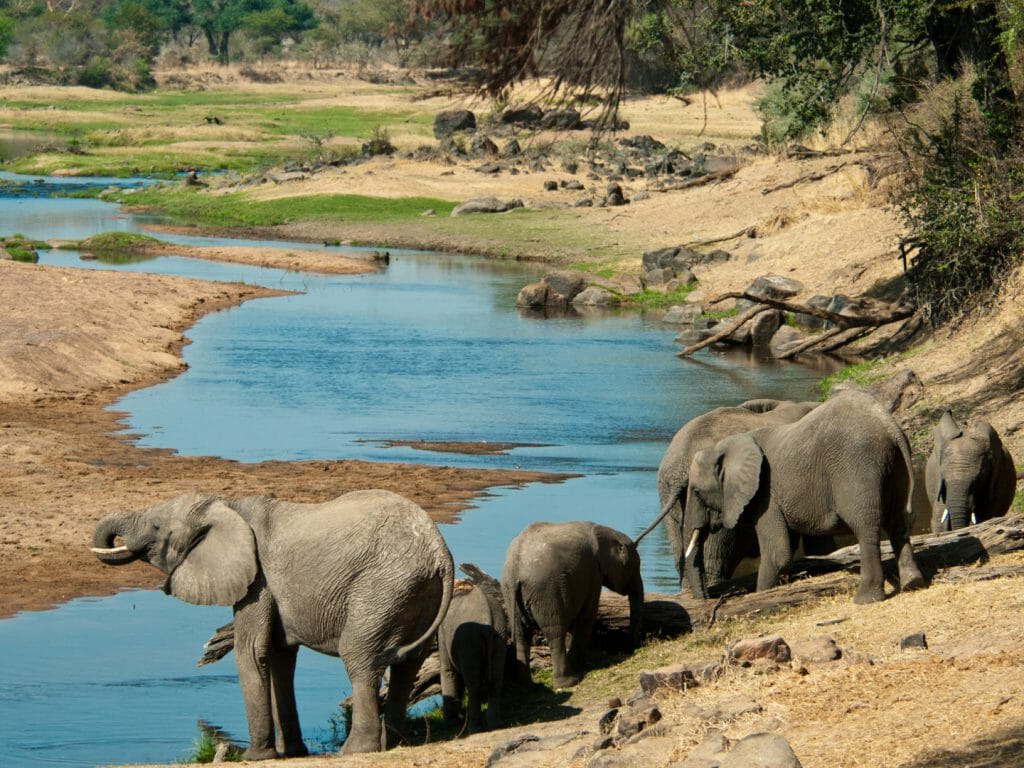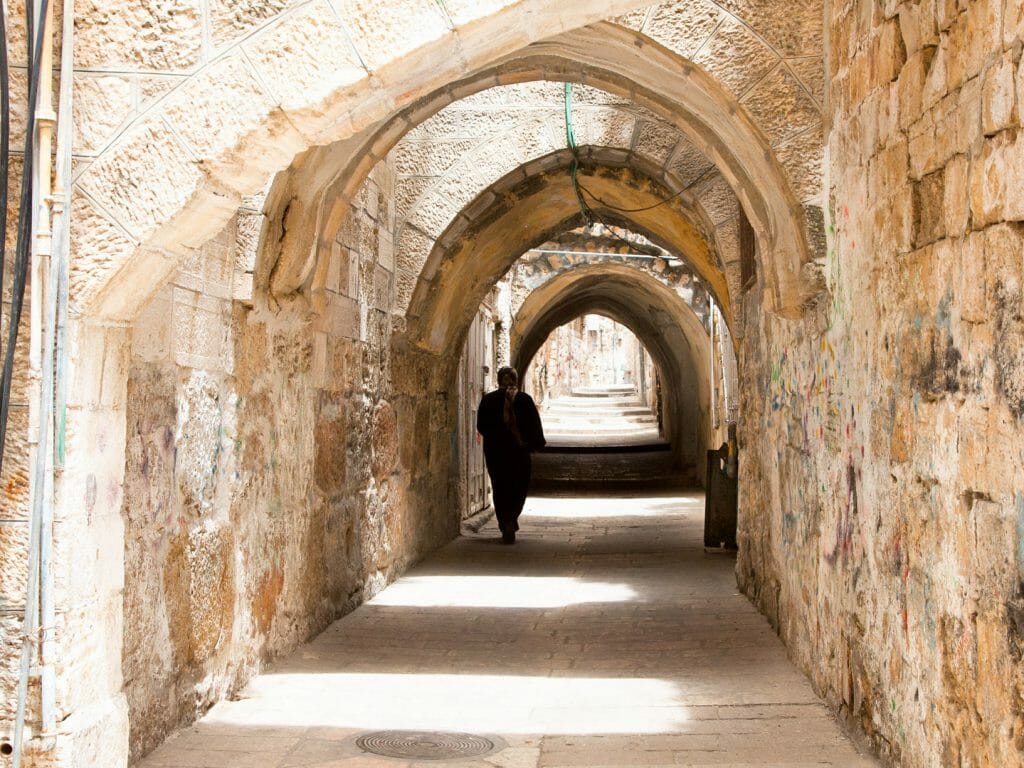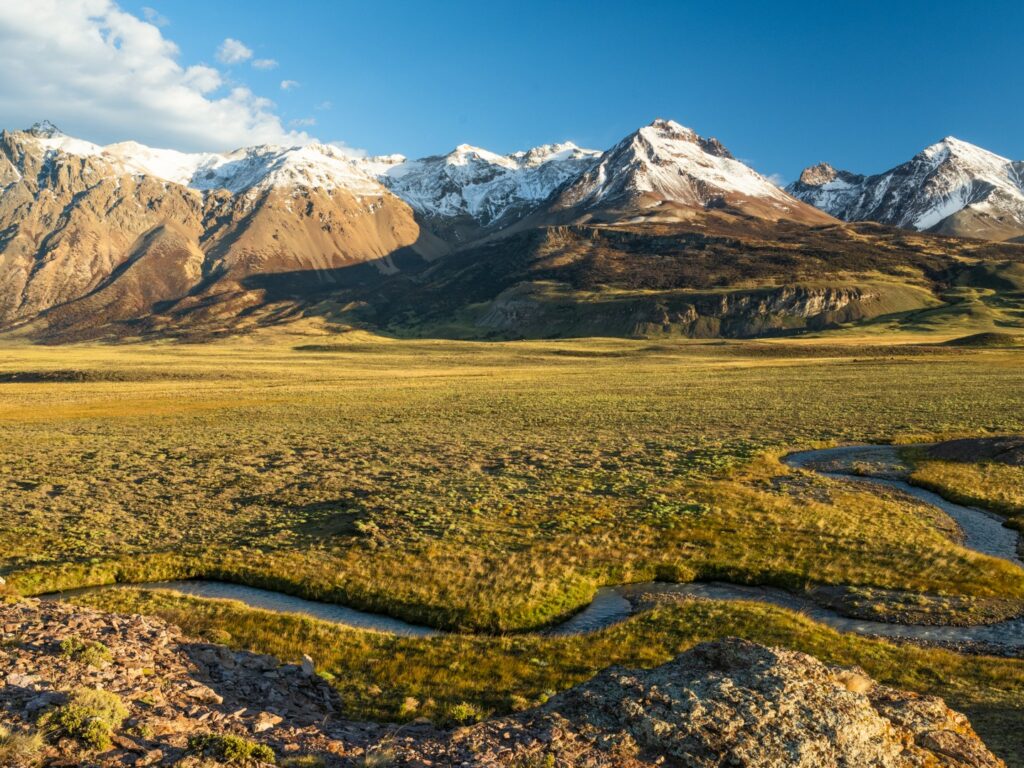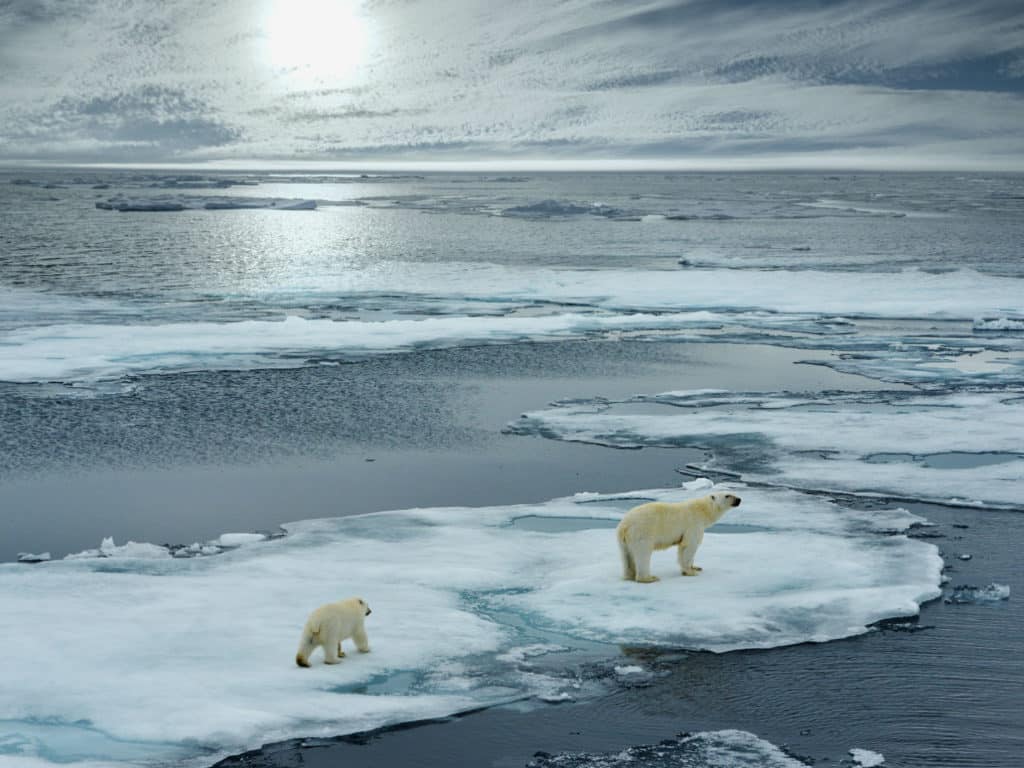I imagined the Garden Route to be a horticultural holiday, with a string of designer gardens to inspect. But I was pleasantly surprised to discover rich, diverse vegetation; great food and wine; and a succession of coastal lakes and lagoons.
Certainly, if you like good food and wine, the Garden Route is the place to go. South Africa produces some of the world’s best wines. The food is all locally sourced and freshly cooked. I quickly realised that my usual eating habits had to be set aside, to allow myself to enjoy at least four or six courses of dinner a day.
So, what is the Garden Route? As I discovered, it is actually an area of South Africa, nestled between the mountains and coast, stretching from Cape Town to Port Elizabeth. It encompasses 800 kilometres of coastline, with some of the most breath-taking and diverse landscapes – beaches, forests and lagoons.
I began my adventure by collecting my car from Port Elizabeth and headed to Plettenberg Bay. Just driving into ‘Plett’ (as the locals call it), I was greeted by endless sea views. As I approached the town, I could see that it was set above miles of wonderful white-sand beaches. The weather was just right at about 22 degrees… not too hot at all.
I discovered some fun places to shop in Plett: the Heath has some fun gift shops, while the Global Village & Earth Cafe has a range of creative offerings, and is a fun place for coffee. There are quite a few boutique shops down the main drag, not to mention beach-gear shops.
I also highly recommend walking down to the beach for some lunch at the Lookout Deck. A five-minute walk from the town centre with incredible views of the sea and excellent food, this is renowned as a good place to see dolphins. Unfortunately, though, I did not get to see any.
There is lots to do in and around Plett, including hiking on the Robberg Peninsula, boat trips to see dolphins and (between the months of June and November) whale watching. There are also child friendly beaches with plenty of room and shallow water.
I must admit that I did not feel like I was in Africa. I could have been anywhere in Europe. The infrastructure is so well developed and you can go for miles without seeing anyone on the road.
My next stop was Knysna. Apparently a Khoi word, no one really knows what ‘Knysna’ means. Some say it means ‘place of wood’ and others that it could mean ‘fern leaves’. I like to think it has some relation to the impressive heads that the town is famous for.
Knysna is on the shore of a shallow lagoon that is now a protected marine reserve – home to sea horses and over 200 species of fish. My first impression of Knysna was the sandstone cliffs that dramatically separate the lagoon from the Indian Ocean. There was something about this place that made me feel like I was home.
I went on a morning cruise along the lagoon, which afforded lovely views of Knysna town and took us to the Knysna Heads. The Knysna Heads are the most striking geological features along the whole of the southern coastline. In the past, this was a treacherous place for sailors. I could totally understand why…I imagined it would have been like the Skeleton Coast in Namibia.
Knysna was possibly my favourite town along the Garden Route. You can easily stay here two or three nights – it has lovely restaurants and bars. If you love oysters then you will find some of the best oysters in the world, here.
There is also a lot to do in and around Knysna, and I personally think you do not need to stay in Plett. Knysna is a good central point to explore the surrounding area. I visited the 1,000-year-old Tsitsikamma Forest Big Tree – very impressive and definitely a must-see.
Last – and definitely not least – I visited Babylonstoren, a boutique hotel and working farm that lies between Stellenbosch and Paarl. I did not quite know what to expect because I had been to a few working farms, but not one quite like Babylonstoren. It was a perfect place of serenity, where you could almost touch or feel the passion of the people who created this Garden of Eden.
At Babylonstoren, I met Lizl, the gardener. Having worked at the farm for nearly 20 years, she took us on a tour of the garden. I discovered that Babylonstoren is one of the original Cape Dutch farms, dating back to 1777. It is also linked back to the mythical gardens of Babylon.
The best part of the tour was when we were encouraged to pick guavas and lemons – taste, smell and touch, while walking through the garden. It brought back memories of my childhood. My grandparents had a big farm that had fruit trees and I particularly liked the picking season.
Another activity that I enjoyed was their wine tasting tour. I do not normally drink alcohol, but this time I thought it will be good to explore the world of wine. The farm has 72 hectares under vine that produces 13 different grape varieties, including Pinot Noir and Chardonnay.
I liked the fact that I could see how the wine has been produced and the love put into it. For the wine tasting, I was offered five different wines and discovered that my favourite was a dry Chenin Blanc – with hints of guava and melon.
A complete novice, I learnt some useful tips for wine tasting:
- You need to have eaten something before you start your wine tasting.
- Tilt the glass and stick your nose in. This will enable you to identify the type of wine – is it fruity, floral, sweet or woody?
- Swirl the glass – this will enhance the flavours of the wine and bring out all the flavours. My favourite wine was the Chenin Blanc. It had a light crisp taste and was unwooded. (Unwooded wine is the wine that has not been fermented or aged in oak barrels.)
- Cleanse your palate between wines. I used biltong and water
After my wine-tasting adventure I went for dinner at Babel Restaurant. It was absolutely delicious. The menu is guided by what is available in the garden.
The farm also hold workshops on gardening, teaching guests about herbal tea blends made from fresh herbs and flowers, as well as how to grow various vegetables. Babylonstoren is definitely a special place. It left me with a big smile at the end of my Garden Route trip.


